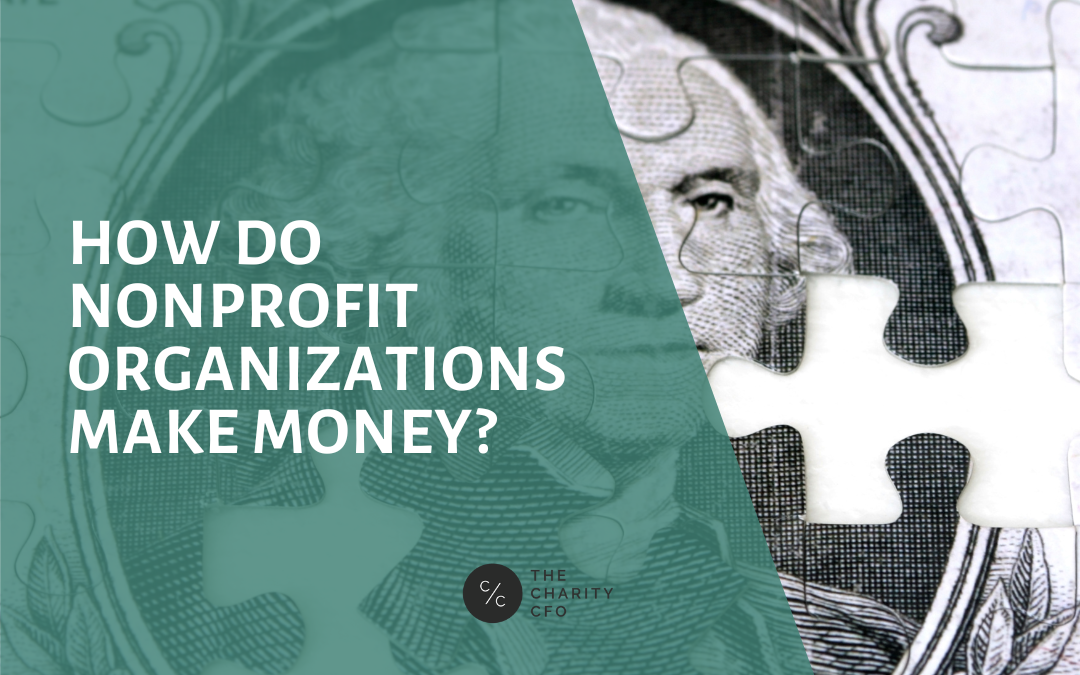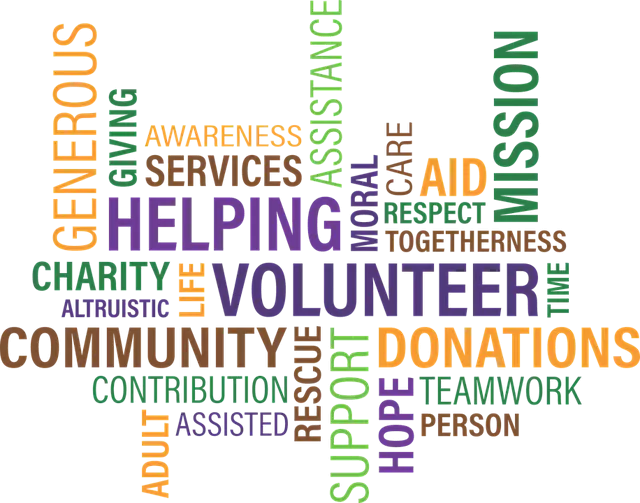Nonprofit Agency: Comprehensive Services to Assistance Charities and Organizations
Nonprofit Agency: Comprehensive Services to Assistance Charities and Organizations
Blog Article
Exploring the Diverse Functions and Responsibilities of a Nonprofit Company in Attending To Social Issues and Encouraging Adjustment
Nonprofit agencies offer as crucial agents of modification within society, dealing with a myriad of social concerns with diverse approaches. Their duties prolong beyond plain solution stipulation; they engage in advocacy, source mobilization, and community outreach, frequently functioning as a bridge between essential solutions and marginalized populaces. By cultivating partnerships and using culturally appropriate methods, these companies attend to the origin of social obstacles. Yet, the intricacies of their functions increase important questions about effectiveness and sustainability. What are the implications of these varied functions on long-lasting community influence?
Understanding Nonprofit Agency Roles
The efficiency of not-for-profit firms pivots on a clear understanding of their varied functions within culture. Not-for-profit agencies often function as solution carriers, delivering crucial programs and resources to underserved populaces.
In addition, nonprofits play a vital role in advocacy, increasing understanding and influencing policy decisions that impact their communities. By taking part in study and public education and learning, these companies help form public discussion and advertise notified decision-making - nonprofit agency. They also function as systems for volunteerism, mobilizing neighborhood participants to contribute their time and skills toward collective objectives
Additionally, not-for-profit companies frequently serve as conveners, bringing with each other diverse stakeholders to foster partnership and collective effect. This joint approach enhances their capability to resolve complicated social problems effectively. Understanding these complex roles is critical for making the most of the possibility of nonprofit agencies in producing lasting social adjustment and boosting overall community wellness.
Area Involvement and Outreach
Reliable neighborhood interaction and outreach are basic parts of nonprofit firms' methods to build and foster connections count on within the areas they serve. These efforts concentrate on recognizing community requirements, advertising recognition of available resources, and encouraging involvement in programs created to resolve social concerns. Not-for-profit organizations employ a range of approaches to involve with area participants, such as workshops, educational sessions, and joint events.
Outreach campaigns offer to enhance partnerships with varied populations, particularly marginalized teams who might face obstacles to gain access to. By making use of culturally relevant communication strategies and leveraging neighborhood collaborations, nonprofits can boost their exposure and show their dedication to community empowerment. This technique not just grows a feeling of belonging however likewise increases the likelihood of continual engagement.
Moreover, efficient area engagement goes beyond plain involvement; it entails proactively paying attention to area members' feedback and including their understandings into program advancement. This collective process ensures that the services used are receptive, relevant, and customized to the unique obstacles dealt with by the neighborhood. Eventually, promoting strong links through engagement and outreach can lead to more impactful interventions and a better collective initiative towards promoting favorable social adjustment.
Campaigning For and Policy Influence
Advocacy works as an important mechanism for not-for-profit firms to affect public policy and drive systemic adjustment. By leveraging their competence and neighborhood understandings, these organizations can effectively stand for marginalized populaces and address pressing social concerns. Nonprofits take part in advocacy with various techniques, including public awareness campaigns, grassroots mobilization, coalition building, and straight lobbying of policymakers.
With these efforts, not-for-profit firms aim to form regulation and plan structures that line up with their goal and the demands of the neighborhoods they serve. They conduct research study, gather data, and share compelling narratives to highlight the necessity of particular issues, making sure that decision-makers are notified and motivated to act. This process not just magnifies the voices of those impacted by social injustices however also promotes a much more inclusive and equitable policymaking environment.
Moreover, advocacy initiatives often look for to produce long-term structural modifications, attending to root creates instead of merely alleviating signs and symptoms. By focusing on plan influence, not-for-profit firms add to a more comprehensive understanding of social obstacles and promote services that can bring about lasting improvements in social health. Eventually, campaigning for is essential to the transformative role nonprofits play in developing a just and fair culture.
Fundraising and Resource Management
Nonprofit companies count on robust fundraising and resource management strategies to support their campaigning for initiatives and maintain their objectives. Efficient fundraising is important for making certain the availability of funds needed to carry out programs and activities that attend to pressing social concerns. This process usually involves branching out revenue streams via grants, private contributions, corporate sponsorships, and fundraising occasions. By utilizing resource a multi-faceted strategy, nonprofits can alleviate the dangers connected with dependence on a single funding resource.
Resource monitoring is just as vital, as it entails the tactical allotment of both human and financial sources to maximize effect. Nonprofits must create budget plans that straighten with their objectives while making certain transparency and liability to stakeholders. This involves regular monitoring of expenditures Read Full Report and adjusting strategies as required to enhance resource use.

Partnership and Collaborations
While many companies pursue their objectives individually, cooperation and partnerships can substantially enhance the performance of nonprofit agencies. By interacting with other nonprofits, federal government entities, and personal industry companies, nonprofits can pool resources, share know-how, and magnify their impact on social concerns. Collective initiatives commonly result in innovative options that may not be attainable independently, leveraging the strengths of each partner to deal with intricate challenges.

Eventually, efficient partnership calls for clear interaction, shared objectives, and mutual regard among partners. By accepting a participating strategy, nonprofit agencies can develop sustainable networks that not just address immediate social problems yet additionally add to long-lasting systemic change, promoting an extra fair society. Via cooperation, nonprofits can prosper and maximize their capacity for meaningful effect.
Verdict
Not-for-profit agencies function as critical entities in cultivating and resolving social problems modification within communities. Through varied features such as neighborhood advocacy, resource, and involvement management, these organizations effectively set in motion sources and support for underserved populaces. Their joint initiatives with various stakeholders enhance the ability to influence public law and advertise architectural changes. Eventually, the diverse roles of nonprofit agencies substantially add to the search of social justice and the find out here now enhancement of area health.
Comprehending these complex functions is important for maximizing the possibility of not-for-profit firms in creating sustainable social modification and boosting total community wellness.
Reliable community involvement and outreach are fundamental elements of not-for-profit firms' strategies to promote links and build depend on within the communities they offer. By functioning together with various other nonprofits, federal government entities, and personal sector companies, nonprofits can merge sources, share know-how, and enhance their impact on social concerns.Nonprofit agencies offer as critical entities in addressing social concerns and promoting adjustment within areas - nonprofit agency. Eventually, the diverse roles of nonprofit companies dramatically add to the quest of social justice and the enhancement of neighborhood wellness
Report this page